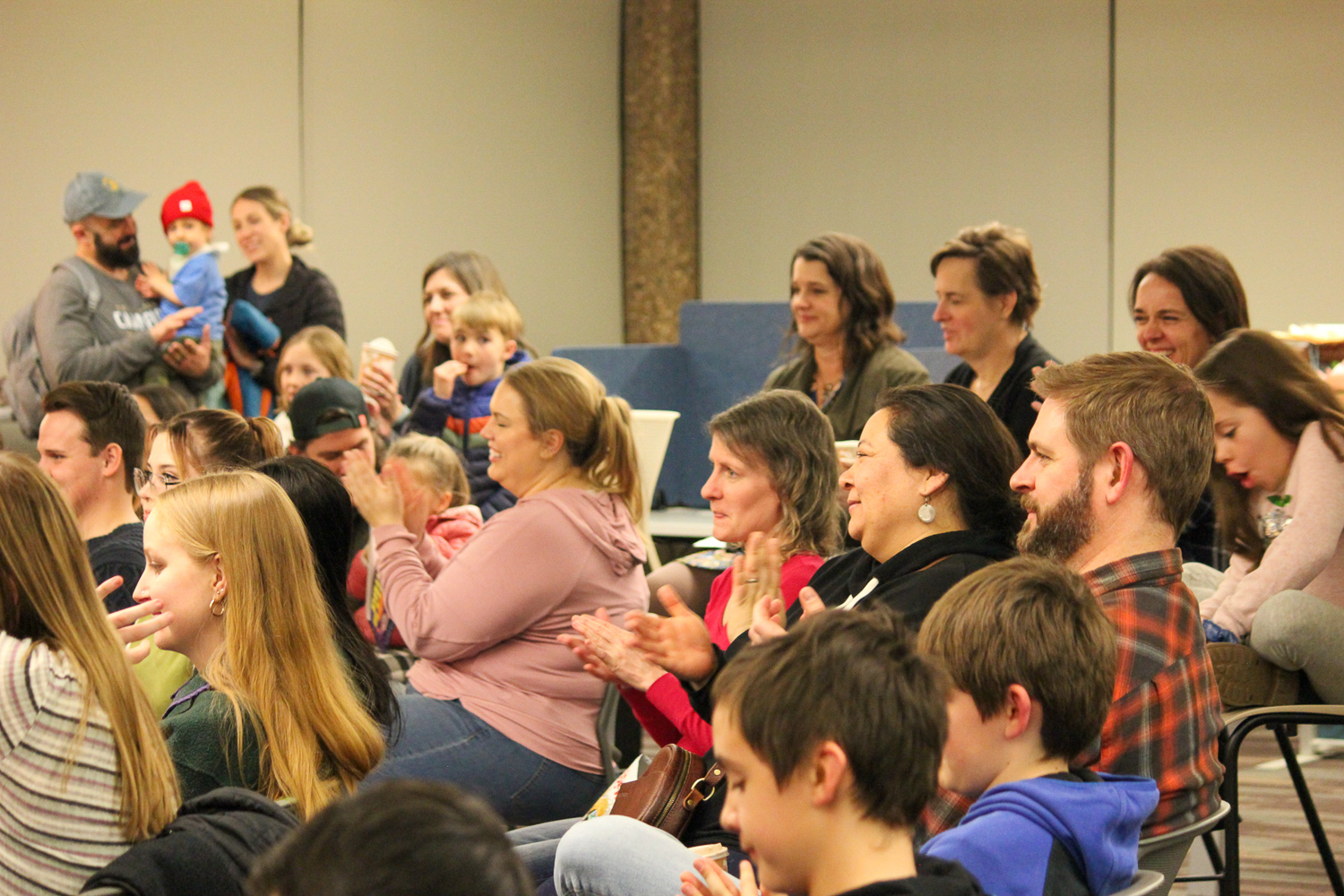In an era where technology is constantly evolving, you might find yourself in a position where you have to look for a new device, such as a phone or laptop. In a college setting, it’s almost always the latter that causes students to look at every review and “Top 10 Best Laptops for XYZ Majors” article written in the history of mankind. Speaking from experience, overthinking purchases can lead to a waste of energy, so here’s a guide on how to pick the best laptop for you.
Here’s a quick overview of what certain terms mean. RAM stands for Random Access Memory. Essentially, it’s the short term data a device will be using to process work. CPU stands for Computer Processing Unit and has often been referred to as the brain of the computer. Ports refer to where cables or storage devices are plugged in. For example, HDMI cables go into HDMI ports and so on.
If you’ve asked for advice on picking a laptop and some dweeb tells you “16 gigabytes of RAM” off the top of their heads, please don’t listen to them. Look at the coursework you are doing now and the coursework you will be doing in the future. If you’re going to need a trustworthy laptop that can handle binge writing essays or watching videos then you can comfortably opt for 4 gigabytes of RAM.
Yes, I am saying that you don’t need to splurge on an 8 gigabyte RAM drive if you don’t really use your laptop for anything else besides schoolwork. This can save you money if that’s a concern. Please be aware that getting base models can come with trade-offs. You might have to opt for Microsoft Edge rather than Chrome or Firefox since Edge uses the least amount of RAM. This might be a turn off for many potential buyers but Edge has its own features that will make the switch more comfortable than expected.
How about 8 gigabytes of RAM? Well, it wouldn’t hurt to spend a bit extra if you’re going for longevity and better reliance. 8 gigabytes has become the standard for most computers nowadays. If you’re the type of person to keep several programs open while Chrome has at least six tabs running, then 8 gigabytes would be suitable for you. It’s much more reliable when using programs like LockDown Browser, which is important for online courses. Additionally, you’ll be able to use the programs you already know and love…like Google Chrome.
Anything beyond 8 gigabytes of RAM should be obvious. If your major requires you to code or use programs that run calculations, you’ll need the extra short term space so your laptop doesn’t undergo cardiac arrest. Seriously. Overloading a laptop can feel like trudging through a lake made of molasses. An added benefit is that you can opt for a gaming laptop since those are made to handle a lot of different assets and graphics.
CPU is also important to consider. CPU and RAM go hand in hand: stronger CPUs need higher RAM. You’ll rarely see a very strong CPU be paired with a low storage RAM unit. That’s the equivalent of putting a race car in a school cafeteria. It won’t be able to reach its full potential in such a small space. The same arguments apply to CPUs as those that apply to RAM. Just make sure you research the type of CPU that the devices you’re interested in are carrying.
It’s worth noting that while lower end CPUs and 4 gigabyte RAM seem weak, their build quality tends to be much better compared to several years ago. Have some faith in base model devices; they can go the distance if you take care of them properly.
Now on to storage. This is one of the more flexible options for college students. Thankfully, external hard drives are more accessible and affordable than they were years ago. If you’re not expecting to use a lot of storage then it shouldn’t bother you to have 125 gigabytes of storage. Just remember that regular laptop maintenance involves uninstalling programs and deleting files you don’t need anymore.
Ports are a big issue for some people and not at all for some. Some people need to hook their laptops up to different devices that have different cables. STEM majors might want to opt for devices that have more ports. If you really like a device but it simply doesn’t have enough ports, you can always buy external multiports that come in a variety of types and layouts.
While checking for reviews is always a good thing, it’s important to remember that almost every device you buy will have a list of pros and cons. Make it a point to buy a device that suits your current and future needs. Avoid the endless cycle of consumerism. Despite what advertisements tell you, that shiny new model is not always better than last year’s model. If anything, a lot of the so-called improvements are merely lateral upgrades instead of changes that lead to a notable shift in quality and performance.

























